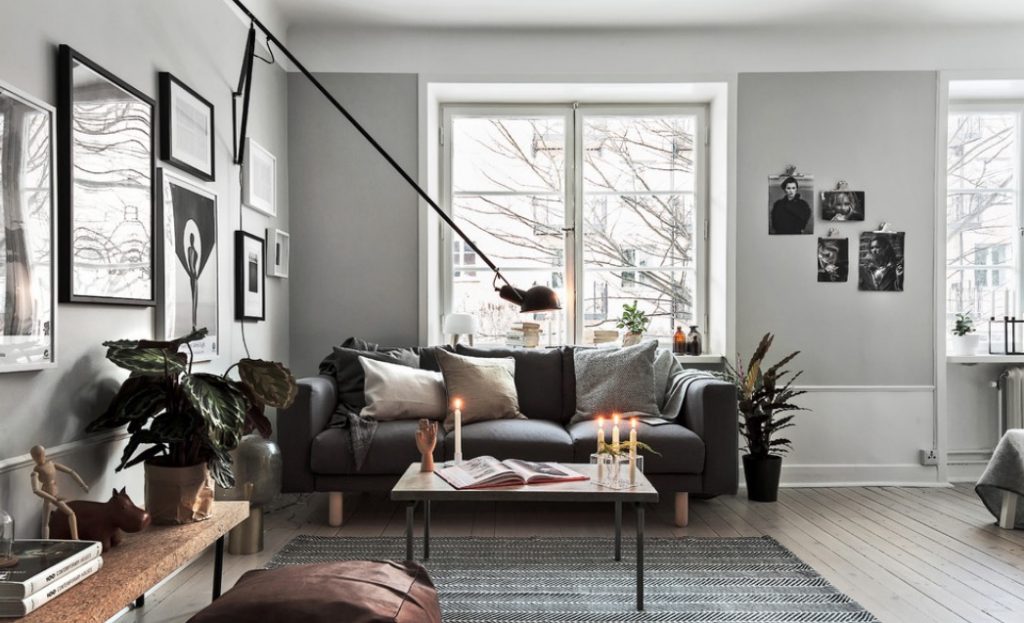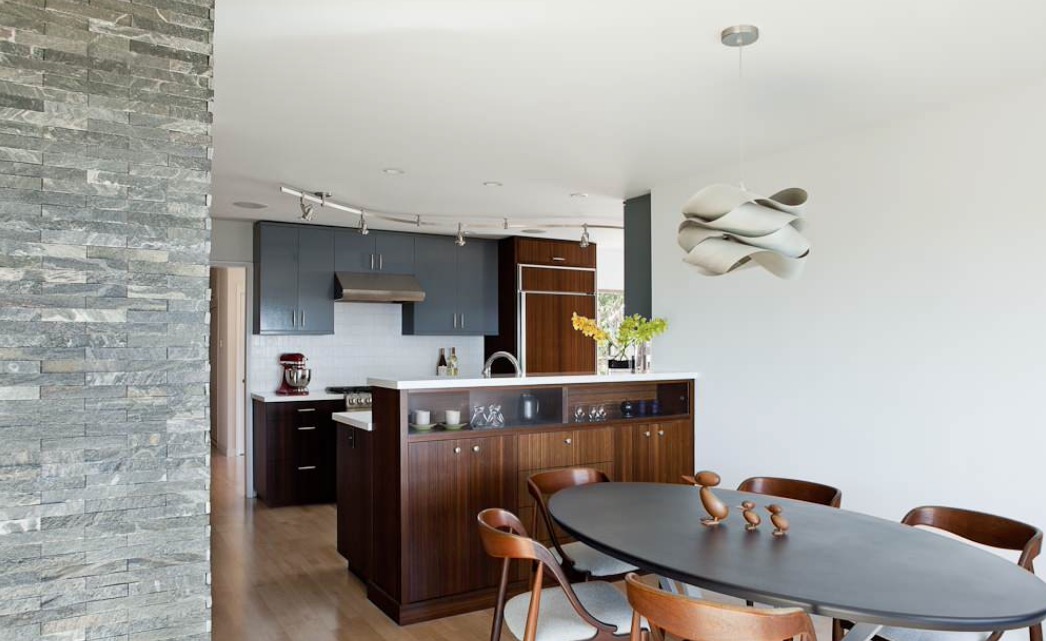Popular trends in decoration come and go, but it seems one specific trend always remains. One among them is JAPANDI. The word JAPANDI is derived from Japan+ Scandinavian-it is unique fusion of these two cultures. It is very popular and interesting combination. While these two designs are extremely different and require a lot of effort to get introduced into one’s home, but it is worth trying for. JAPANDI is the name of rising design trends and philosophy which is the blend with both the styles. JAPANDI interiors are warm, cozy, beautiful and minimalist as well.
It is not hard to see why these two designs are paired. Though they come from different parts of the world, sharing similar principles, but it makes home something interesting.
JAPANDI design trends combine the best of both the worlds to balance out each style individually. Both designs combine to create an atmosphere of warmth and comfort. Japanese designs are rustic and sleek whereas Scandinavian designs are neutral and both of them when added together add warmth to the room.
Reason for adding JAPANDI style for interior
JAPANDI style welcomes simplicity. JAPANDI style offers a masterclass in minimalism. There are limited accessories and decorative items are numbered only handful of accessories for décor.
How to bring about Japandi home transformation?
Add Scandinavian style Furniture
Scandinavian style of furniture is made from light woods and is known for its simplicity. Japanese furniture is refined and sleek.
Scandinavian designs focus on comfort and lots of accessories like blankets and cushions on furniture give a homely feeling. Whereas Japanese designs are more utility-based. Japanese furniture is the low line in nature as being their traditional culture to feel closer to earth. You can fuse both the two styles to make this style work. Using both these styles will give your home a new contrast.
Choose natural material
In JAPANDI style wood is being used as key material along with natural-fibers like bamboo, rattan and paper. Contrast is made by mixing light and dark wood together.
Warm and cozy shades with contrast colors
JAPANDI style never recommends too bright colors to be painted on the walls. Normally white, off whites, satin and neutral paint shades for the walls of your rooms. This can be supported by natural fiber rugs and light color wood. The JAPANDI style incorporates Scandi tones like pale pinks, baby blues, pastel greens. In contrast you can go for dark accent colors such as charcoal grey, indigo or emerald green or even black this provides warmth in your room.
Accessories
Accessories are less significant in Scandinavian and Japanese designs. Since the rooms are utilitarian, accessories take a backseat. Scandinavian accent focuses on comfort. The accessories you can add is plush rugs, throw pillows, blankets to give a warm feel. Japanese accessories are vase. JAPANDI rooms incorporate a blend of both accessories though it should look simple and minimal.
Conclusion
JAPANDI style provides a great foundation look that can be adapted over time to suit your need. JAPANDI style normally stands with time.





